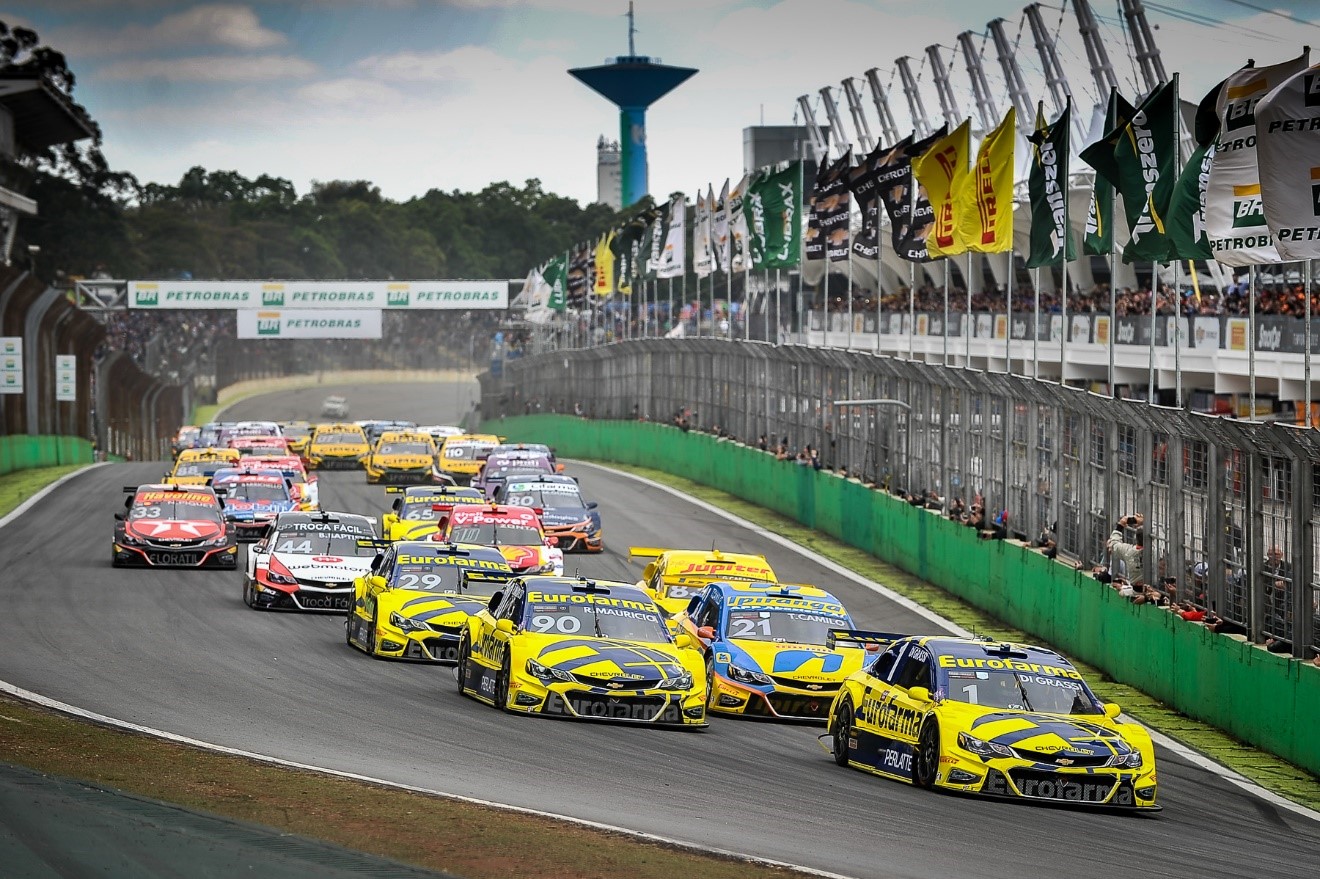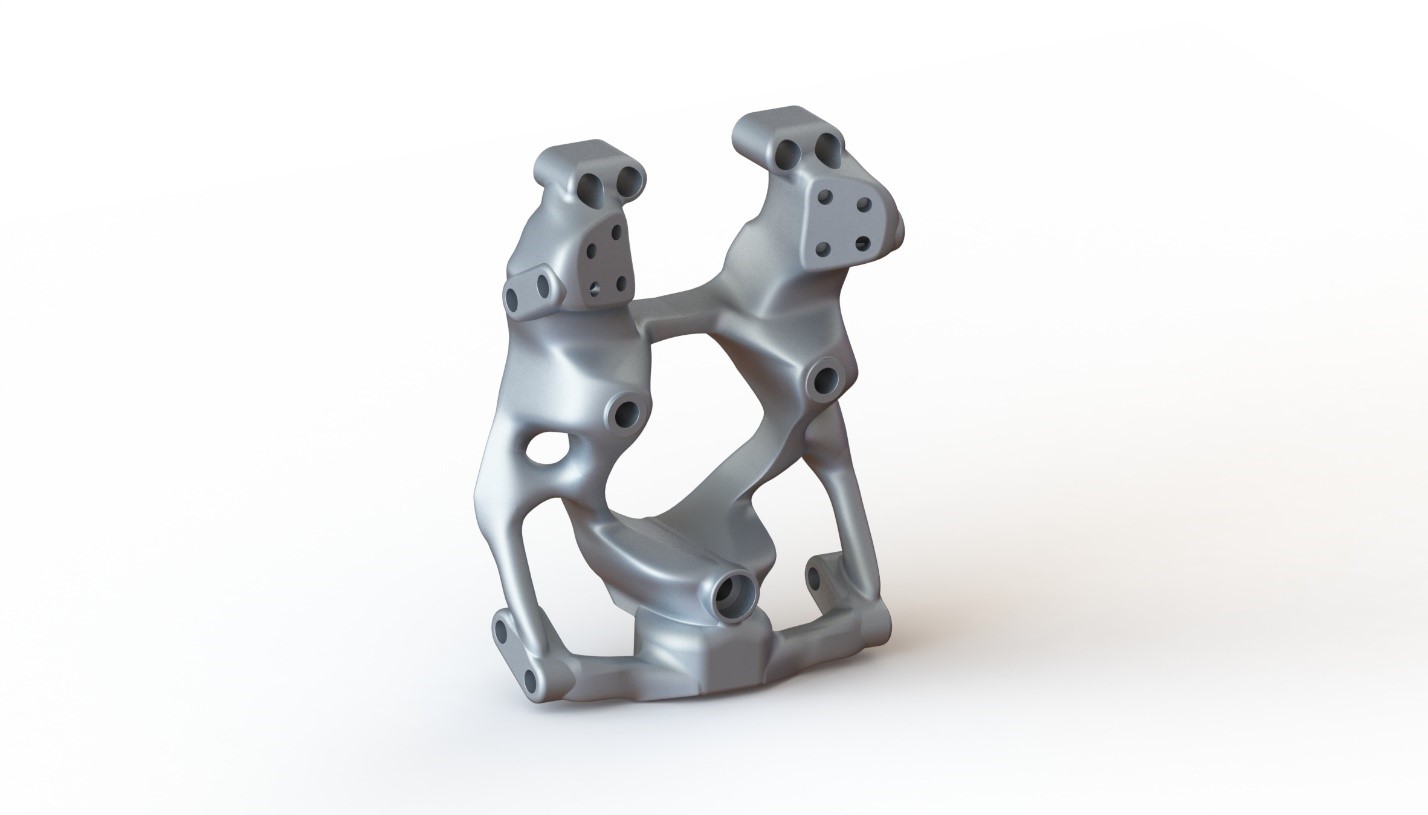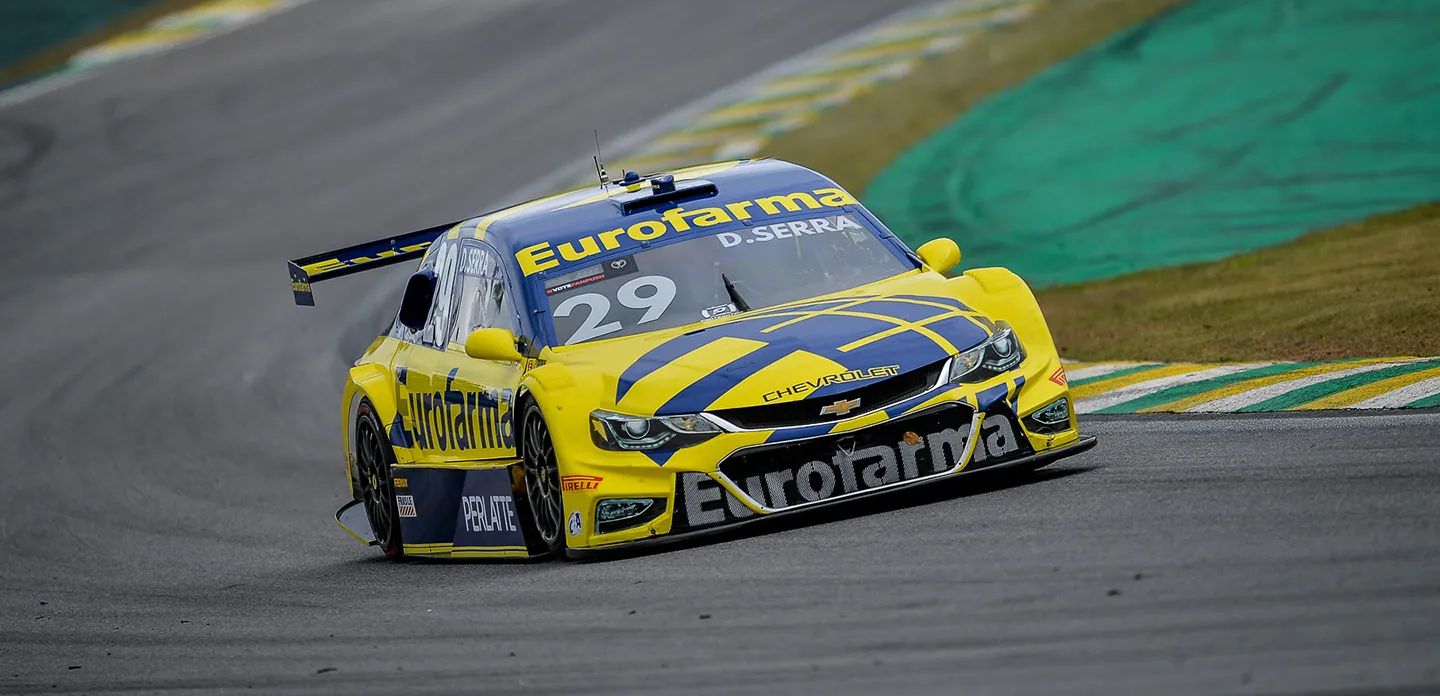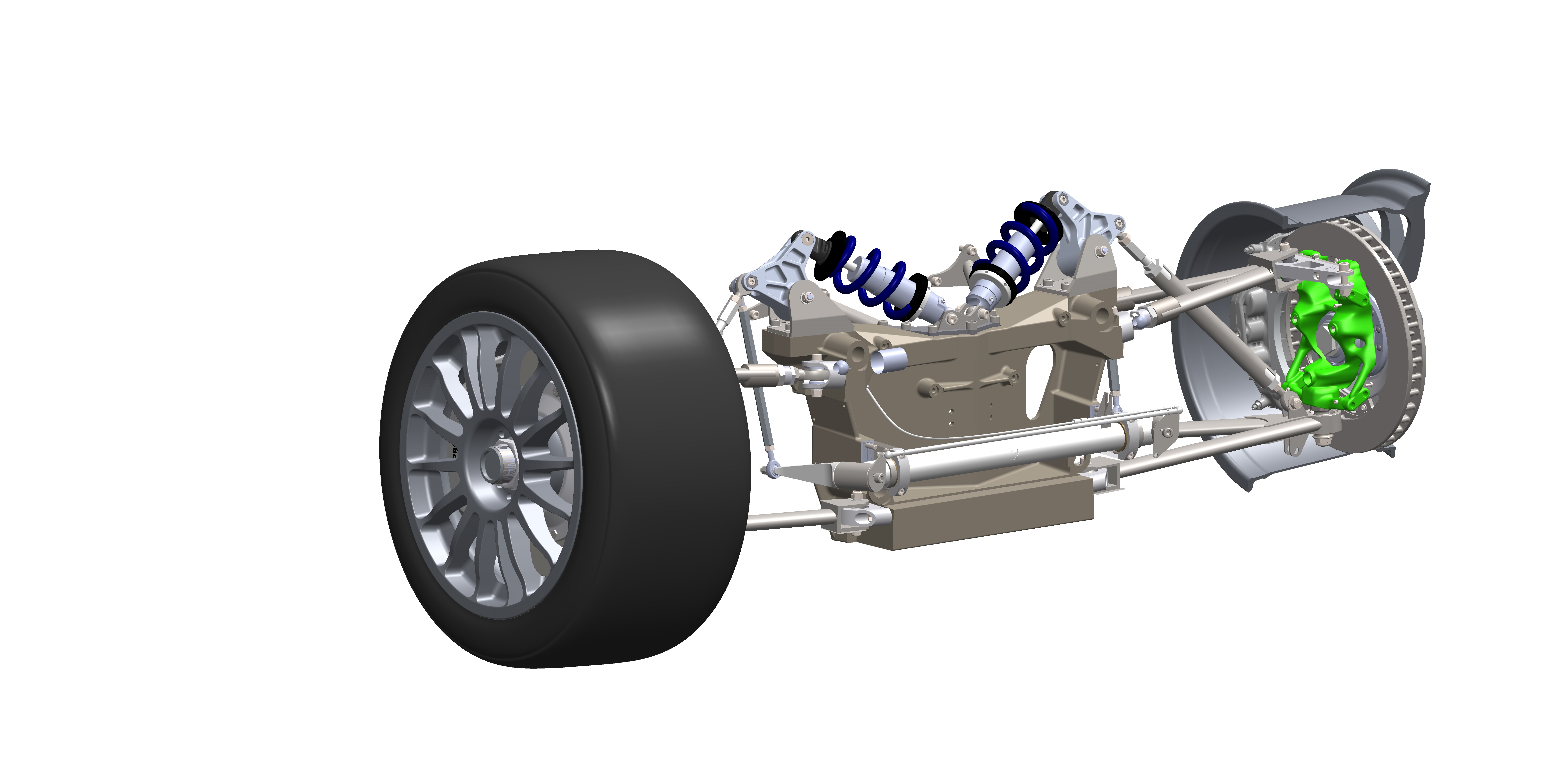Passion. Victory. Competition. Thrills. Development. Experience. These are six things humans (particularly those behind the wheel) love about fast cars.
"Racing is about sensory experience. It's sound, its speed, its color, its feel through the vibration of the engine. The longer you're around it, the more you understand it, that sensory feel combined with watching a skilled driver on the edge of control. It's like Olympic gymnastics combined with a gladiator battle." — Doug Boles, President, Indianapolis Motor speedway.
Let's face it: humans love fast cars. They activate our flight-or-fight instincts, and they make us feel powerful. No wonder then, do we try our best to find ways to create the fastest and safest ways to engineer these automobiles.
With the influx of business and a new vision on the rise, Giaffone Racing had to search for exciting technology to shake up their markets to avoid stagnancy to stay ahead of their competition. Engineers had to brainstorm the old-fashioned way. Who was manufacturing the fastest engine, the sleekest tires, did they have to create something radically different?

With that in mind, Giaffone engineers turned to SOLIDWORKS. Giaffone Racing first implemented SOLIDWORKS Professional design, SOLIDWORKS Premium design and analysis, and SOLIDWORKS PDM Professional product data management software in 2006.
Now on the hunt for new technology to satisfy their intent, Engineer Adriano Schommer says that Giaffone Racing discovered the topology study capabilities of SOLIDWORKS Simulation Professional software. With the software's topology optimization, the design engineers were able to automatically generate optimized component geometry to balance weight-to-stiffness ratio, minimizing mass, or minimizing maximum displacement.
With a little more research, they concluded that implementing topology optimization would drastically reduce their production time and, with the combined efforts of their other SOLIDWORKS Solutions, speed up any developmental processes relating to designing their new engines.
For example, during the inception of the stock car suspension upright, Schommer conducted a topology study in a partnership with the Latin American division of Dassault Systemés to mitigate mass and refine the optimized shape of a car build to produce one that reduced weight from 60 percent.

"The topology optimization tools in SOLIDWORKS Simulation Professional software are helping us to create lighter, stronger, and stiffer parts more quickly, without having to engage in trial-and-error design iterations," Schommer stresses. "On the upright, we ran a topology study in partnership with Jose Pereiras, Senior Technical Sales Manager in Chile. The experience of Jose was essential to provide confidence and get faster results from the process. We first optimized for weight but found out that the design was not stiff enough. We then worked with the topology optimization profile to modify the design for strength and stiffness. With SOLIDWORKS topology optimization, we were able to get to the final design in a single iteration instead of many."




